6 Things You Might Not Know About Fast Fashion
We constantly pay attention to the global warming and its negative effects on the environment, but in light of those facts, we overlook how this attracting world of fast fashion is the main cause of the pollution in the world.
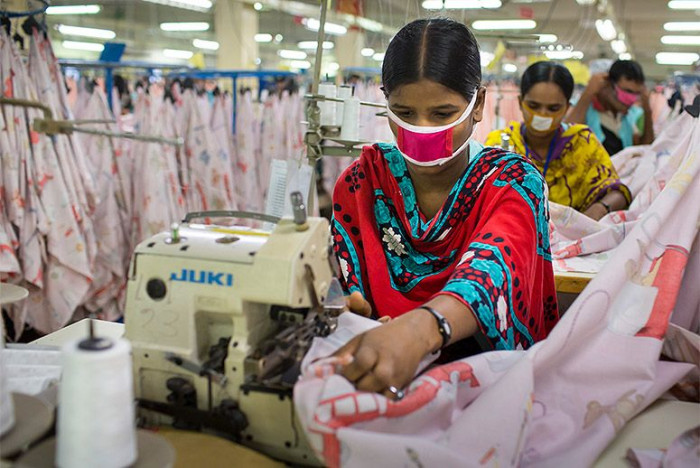
So are you a fashion biggie, donning vibrant chic attire, high heels and mini skirt? You always keep your eyes open for advertisements giving high discounts…well, you are not alone looking for the bargains.
While the new stream of fashion is pretty amazing, this rapid adaptation of fast fashion is eventually wasting tons of textiles per year. Before I take you deep into the fast fashion world, let’s first know what fast fashion is all about.
What is Fast Fashion?
Fast Fashion is a term basically used by fashion retailers that their inexpensive designs have been moved from the catwalk to stores to welcome new trends. It is clothing collection based on fashion trends presented at recent Fashion Week in different seasons of every year.
The main motive of the fast fashion industry is to produce a product in minimum days and in a cost-efficient manner to respond to the changes in consumer tastes in real time possible.
Popular fashion brands like H&M, Forever 21 designs the attire and place it in the stores in within two weeks when many other brands require minimum 3-4 months. The volume they produce is almost uncountable. Do you know that these brands produce more than 9,000 styles per year? Let’s know more things about fast fashion.
1. The Global Clothing Industry is Worth $3000,000,000,000,000

Can you believe it? The only fashion industry has revenues of 3 trillion US dollars. Pheww! If not in fashion just imagine how many Ferraris you could buy from this hefty amount? If not Ferrari, you could put more than 50 million students into university. Much of this revenue results from fast fashion.
The globalized fast fashion industry aims to produce low price clothes as quickly as possible. The designs, when donned on the ramp, might hit the stores another day. According to the stats, the clothing production is doubled between 2004-2018. (10.1)
2. It Uses Genetically Modified Cotton
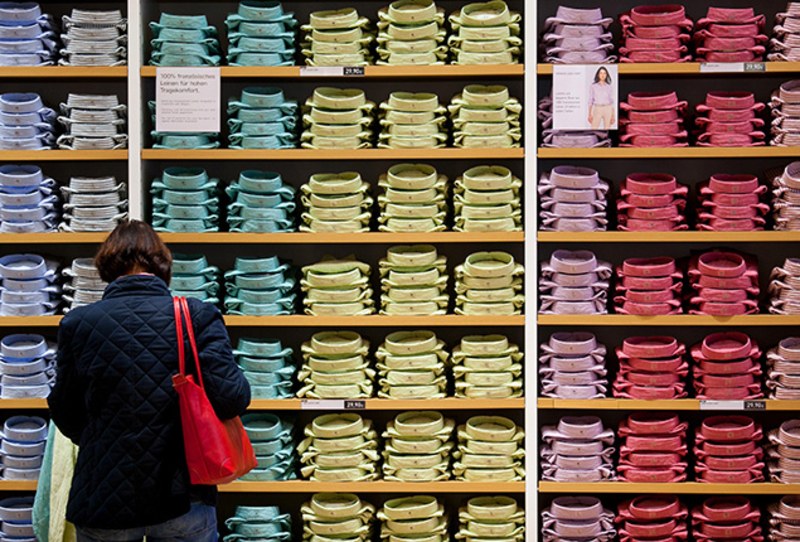
Though synthetic fibers have covered a major portion of the textile industry, people love cotton. To fulfill the requirements, farmers across the world uses genetically modified seeds which ultimately affects waterways and animals. Almost 90% of cotton grown in the US is genetically modified.
3. Environmental Disasters
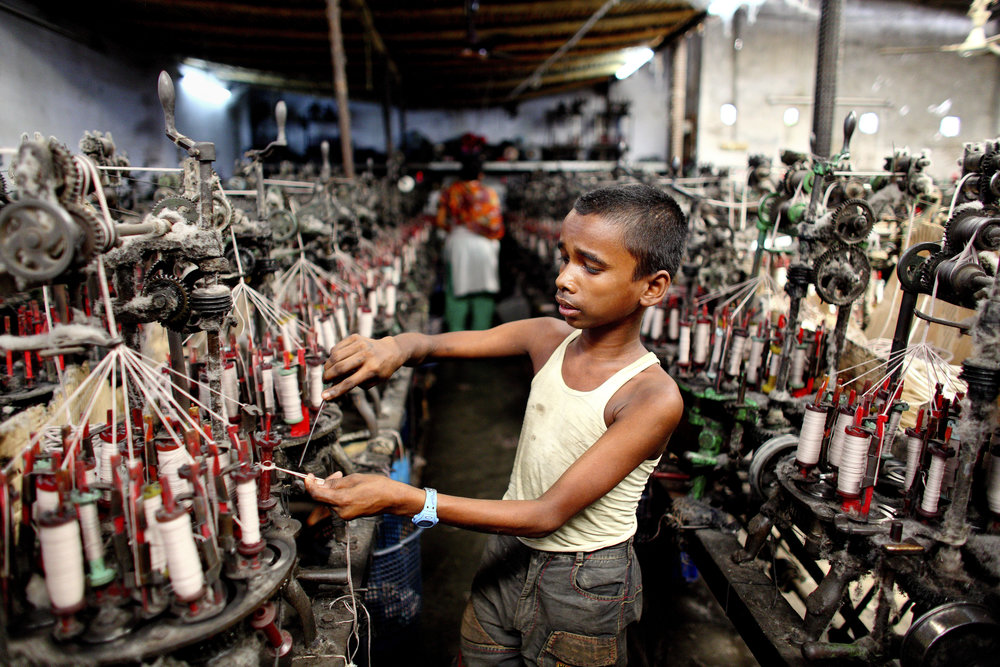
Do you know the bright colors clothes which you buy in just fraction of seconds is a result of chemical dyes? The bright colors put on clothes are chemical dyes with heavy metals. And textile factories then dump this dye remains into local waterways. If this is true, then after oil industry fashion is the second most polluting industry in the world.
4. While Brands Grows in Name, Their Workers Suffer
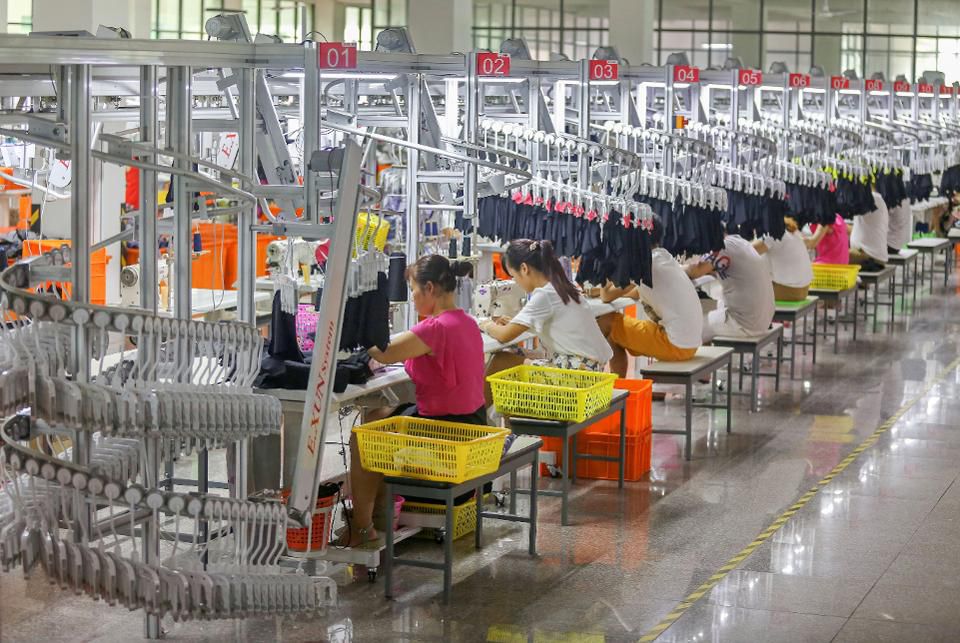
When the big brands quickly move their apparel production to the stores to maximize their profits, their workers still suffer at low rates. Trendy clothing with more beads and embroidery means a number of labors involved and even children. Garment workers earn a very low amount of $100-$150 per month in Cambodia, $170 in China and note more than $325 in Romania.
5. Dangerous for Workers
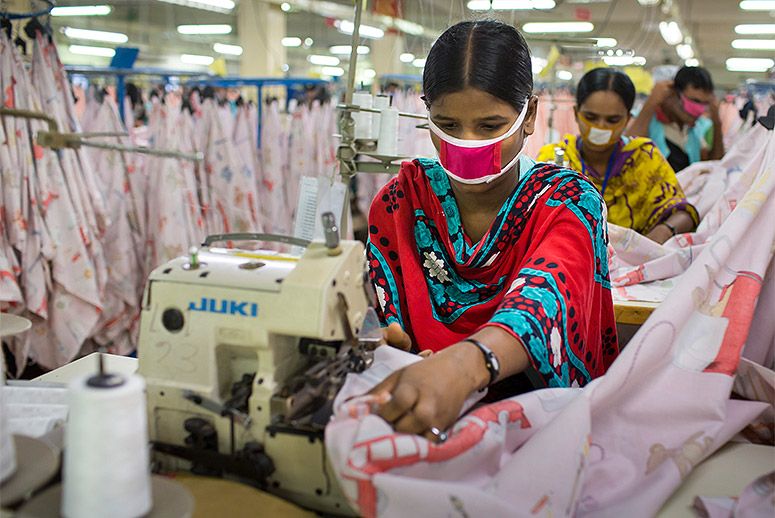
Standard cotton requires tons of fertilizers to grow, and unfortunately, that toxic chemical just doesn’t affect plants. The average life of the non-organic cotton farmer in India is 24-30, between 25 to 77 million agricultural workers suffer this deadly pesticide poison each year.
It then also get spread to their families and neighboring residents. Just imagine how deadly the results can be…
6. Overconsumption
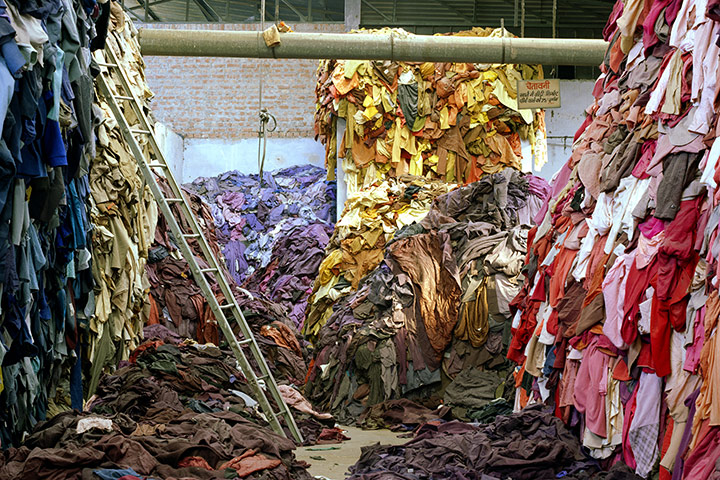
Back in 1950’s the average American was spending in roughly 30 pieces of clothing every year and see today it has crossed over 100. Around 200 billion new clothes are being produced every year.
On an average, every family from the US nearly spends $2000 on clothing every year. There’s the surprising amount of apparels regularly thrown away after it becomes outdated. (10.2)
Popular Posts
What Does Lowkey Mean- Know the Slang from Tweets to Dictionaries
Language used on the internet has been rapidly evolving over the past few decades. They were basically invented to ease the com...
Rishika Gupta
See What Your Tongue Shape Says About Your Personality!
You must have read the article on this is what your Hands, or favorite colors says about your personality. But do you know the s...
Mayuri Gangwal
Gypsy Soul Definition & Its Characteristics
Everyone has a different perception of life. They have different likes and dislikes. There are people who get satisfied with wh...
Ethan Stephans








